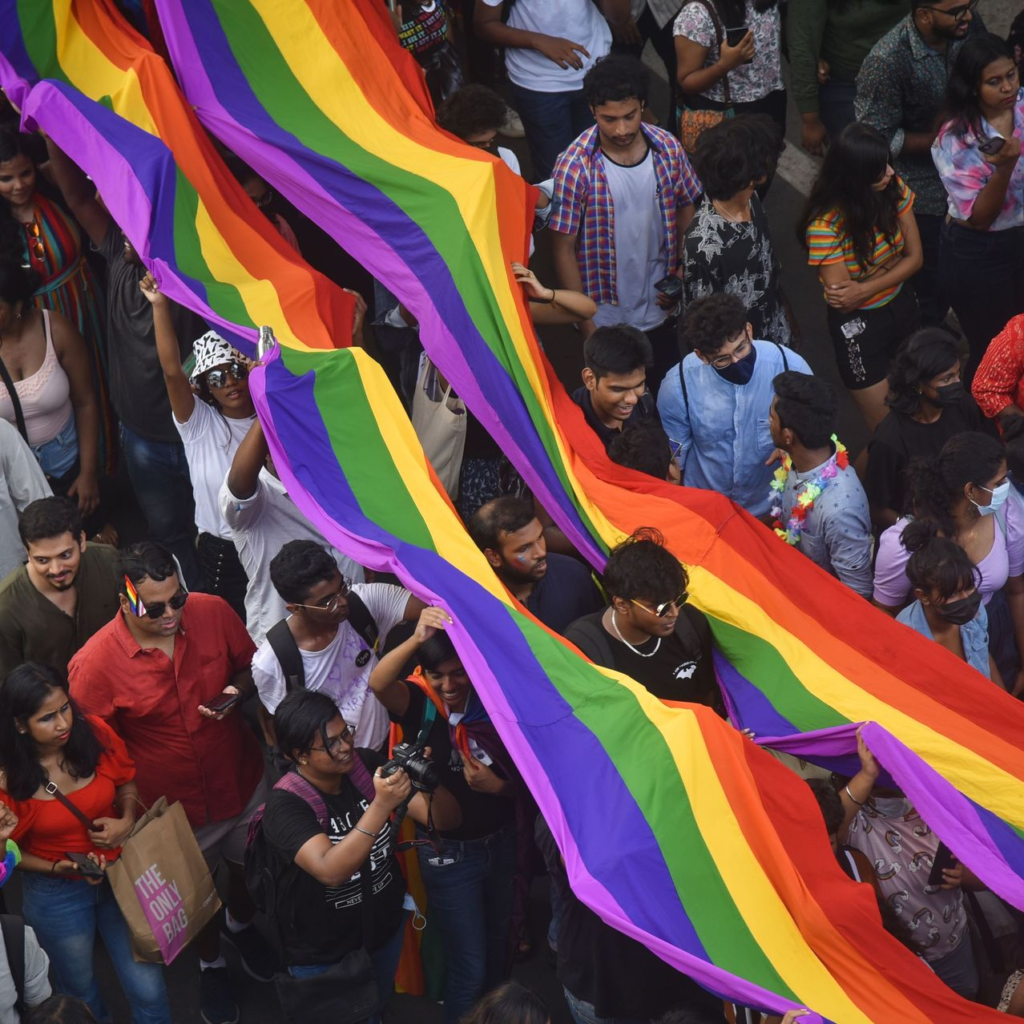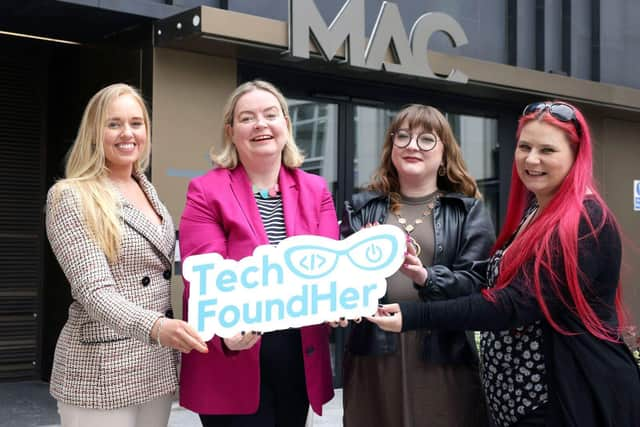How India Broke its spiral of Exclusion and Marginalization for trans-persons

Discriminatory laws and socio-cultural exclusion have continued to marginalize lesbian, gay, bisexual, trans, and gender-diverse persons in India. As a result, the LGBTQ community, amongst them especially the transpeople, has been deprived of basic amenities such as education, health care, and employment opportunities. This environment of exclusion lends itself to violence and discrimination. The need to embrace diversity and be inclusive and promote greater gender equality in society for under-represented and marginalized groups is generally well understood. Prime Minister Modi’s ascent as a leader has reaffirmed the confidence of the LGBTQ community and solidified the relationship due to a series of positive affirming policies and initiatives that have come into place under his stewardship.
One such hallmark and much-heard-of early intervention included striking down Article 377 of the Indian Penal Code (IPC) as early as 2018, which decriminalized homosexual behavior and was the first step towards providing equal status and rights to the LGBTQ community in India. While the judgment only dealt with the criminalization aspect of Section 377, several other initiatives led by the Modi Government have laid a strong foundation for promoting equality and inclusivity in the country. These include affirmative actions such as the setting up of the National Portal for Transgenders in 2020 by the Ministry of Social Justice & Empowerment for getting Transgender Certificates and Identity Cards as per their self-perceived identity.
It is an important provision of the Transgender Persons (Protection of Rights) Act, 2019. A scheme of ‘Shelter Home for Transgender Persons’ or Garima Greh in 2020 for provision of facilities, food, clothing, recreational facilities, skill development opportunities, yoga, physical fitness, library facilities, legal support, technical advice for gender transitions and surgeries, capacity building of trans-friendly organizations, employment, and others, was set up. The process of inclusion also requires the creation of infrastructural facilities like separate wards in hospitals, and washrooms (unisex toilets) are other initiatives under the Equal Opportunity Policy. In January 2021, the Central Government had written to all the states and Union territories to set up a Transgender protection cell under the District Magistrate and Director General of Police to monitor offenses against Transgender persons is another welcome step to reduce the incidents of violence against Trans persons. The Government has also mandated the set-up of separate Human immune deficiency Virus (HIV) sero surveillance centers to conduct sero surveillance for Transgender persons. The recently enhanced Ayushman Bharat scheme will cover the sex change of Trans persons under a special scheme called Support of Marginalized Individuals for Livelihood and Enterprise (SMILE).
In September 2015, twelve UN entities which included the ILO, OHCHR, UNAIDS, Secretariat, UNDP, UNESCO, UNFPA, UNHCR, UNICEF, UNODC, UN Women, WFP, and WHO released an unprecedented joint statement calling for an end to violence and discrimination against the LGBTQI community.
The statement served as a powerful call to action for governments to do more through three broad action areas:
- Protecting individuals from violence
- Repealing discriminatory laws and,
- Protecting individuals from discrimination
For years the previous leaders have taken for granted the trans community- along with other minority communities- thinking they had nowhere else to turn. Those days are over. Today, the Government under PM Modi is delivering real results and leadership for the community. It should come as no surprise that Modi’s comprehensive care-driven policies and a plethora of initiatives have been a boon to trans persons and the larger LGBTQI community.

By Dr. Simi Mishra, Social Catalyst for Building Inclusive Societies









